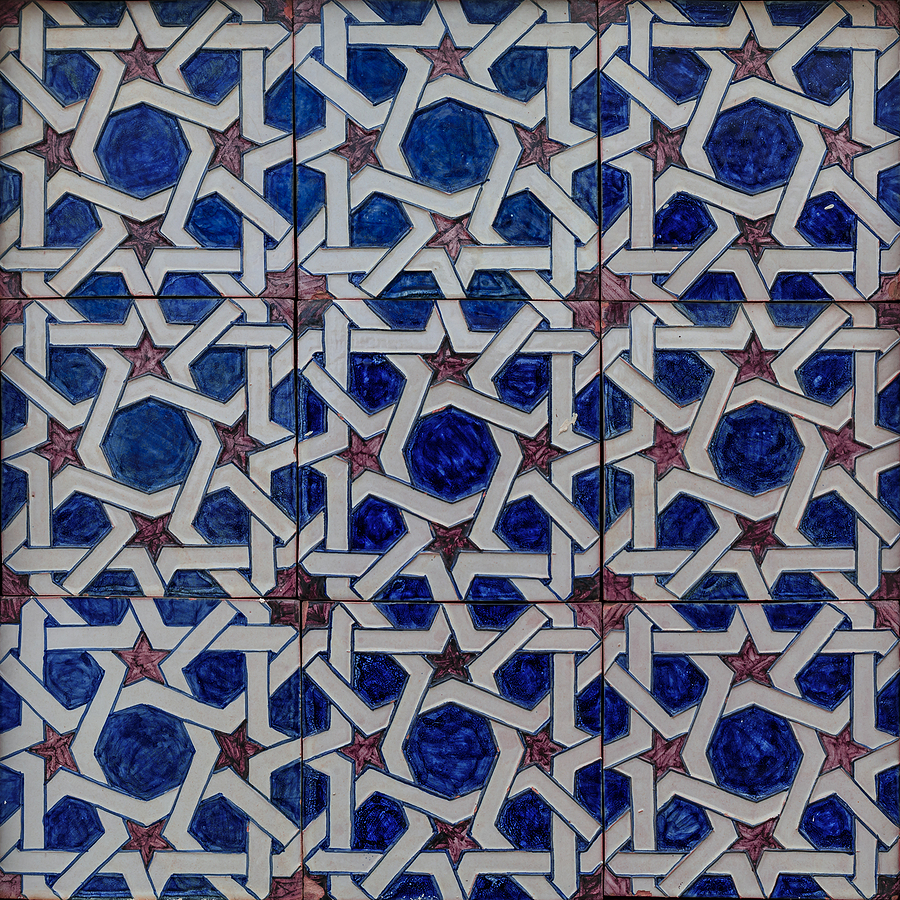History & Heritage
11.4.2022
Zellige, between art and tradition in Morocco

Assembling tiles cut out of earthenware and decorated with marvellous geometric patterns, zellige is the pride of North African heritage and more particularly of Morocco.
The word “zellige” comes from the Arabic al zulaycha, which literally means “small polished stone”. It is a typically Moroccan ornamental technique, inspired by the mosaics of the ancient Romans. It first appeared in Arab Spain (Al-Andalus) around the 8th century, and was introduced in Morocco in the 10th century.
Initially limited to shades of white and brown, the art developed over time thanks to the art and culture promoted over the centuries by the Moroccan royal dynasties. All colours had a symbolic meaning in Islamic culture, as did the geometric shapes used. Traditional zellige does not depict anything that represents living creatures, thus respecting Islamic thought and teachings.
A precise art
Creating a zellij mosaic is an art that requires not only creativity, but also a high level of expertise in mathematics and geometry. It is a work of patience and precision, which often requires a lot of time.
First, pieces of clay must be taken and soaked in water for 24 hours in special vats called ezubas. Then the clay is cleaned of impurities until it is smooth and ready to be shaped. It is then kneaded, placed in rectangular moulds and left to dry in the sun. Once dried, the rectangles are cut into 10 cm squares, called laajoura, and baked in an oven at a temperature of up to 1500 degrees. At this stage, the laajoura are coloured and then baked again to become lemzehri.
At this stage, the processing of the zellige is handed over to the craftsmen, called zlayji. To obtain a finished mosaic, the masters divide the work into three stages.
How to make a zellij
First, the cutter takes the coloured squares and makes many small tesserae of different shapes. There are about 300 possible tile shapes, each with its own name and place in a particular decorative scheme.
Voir cette publication sur Instagram
We then move on to the composition of the chosen decoration. The traditional technique is that the tiles are not laid directly on the wall or floor. Instead, they are placed on a special panel, coloured side down, forming the chosen and previously designed pattern. All the pieces must be assembled following the design with the utmost precision.
The last step is the actual installation. First of all, it is necessary to check that the zellige panel fits perfectly on the chosen surface, by checking the measurements and alignment with special tools. Finally, the zellige is fixed to the surface with a water and cement based primer.
popular

